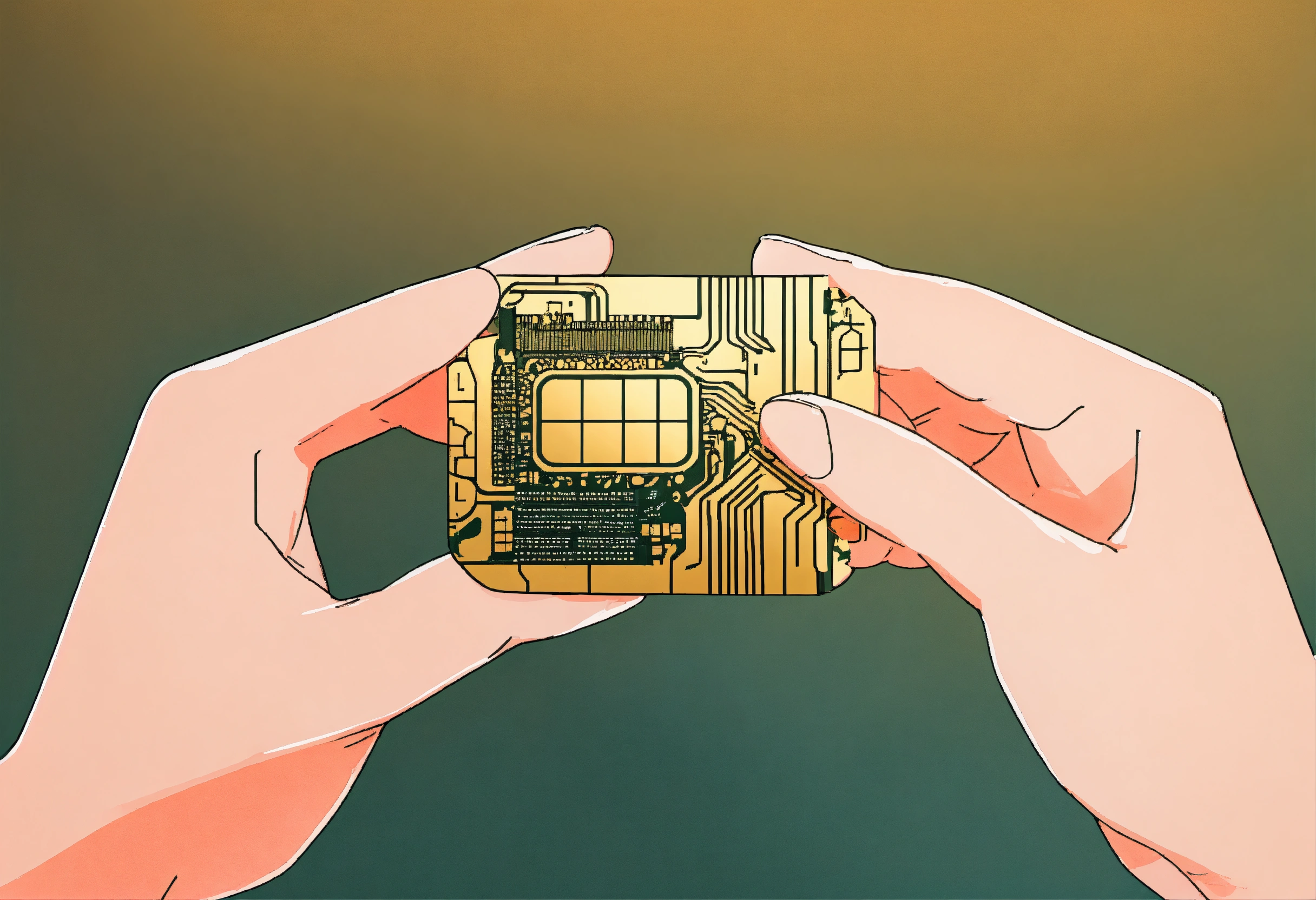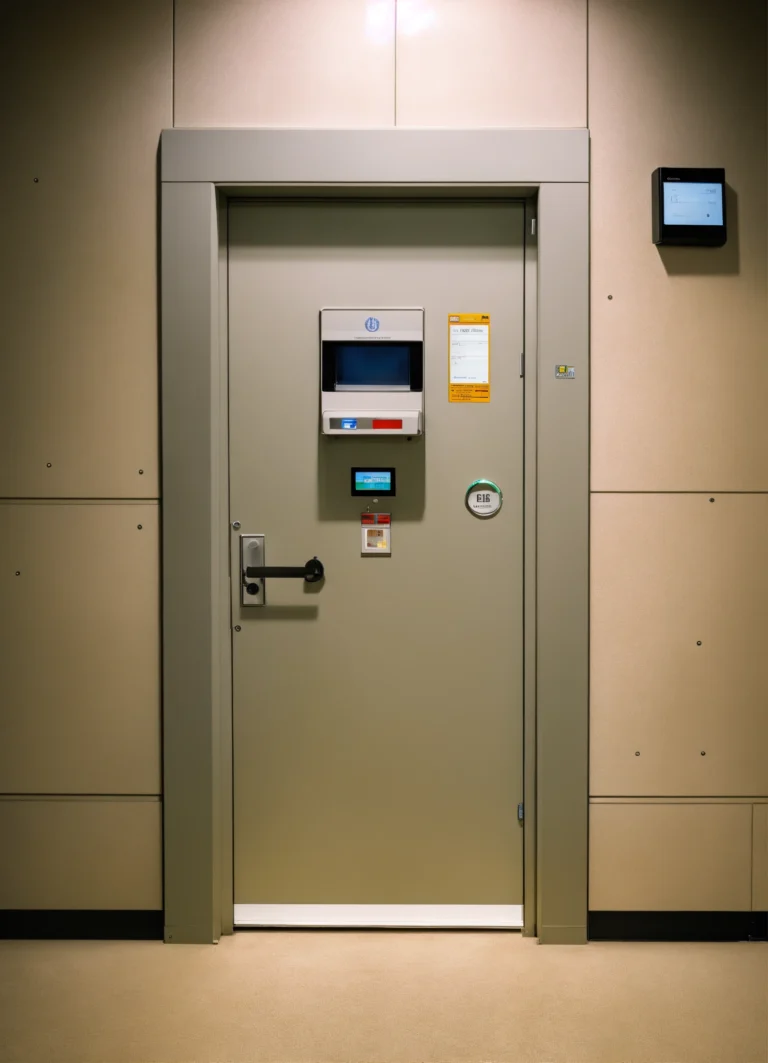Most people are becoming increasingly aware of how technology can enhance various industries, particularly when it comes to supply chain management and asset tracking. As you look deeper into these innovations, you’ll discover the powerful synergy between Radio-Frequency Identification (RFID) and blockchain technology. Understanding how these two technologies complement each other can significantly improve your operational efficiency and transparency.
RFID technology uses electromagnetic fields to automatically identify and track tags attached to objects. These tags contain electronic information that can be read by RFID readers without the need for a direct line of sight. This method can save you time and reduce human error during inventory management and logistics operations. By incorporating RFID tags into your assets and products, you can monitor their exact location and status, leading to better decision-making.
On the other hand, blockchain provides a decentralized and secure ledger for transactions. Every time a transaction occurs, it gets recorded on the blockchain, making it immutable and traceable. This technology enhances transparency and trust among participants in a supply chain, as everyone involved can access the same data without fear of tampering. By integrating blockchain into your supply chain practices, you can ensure better accountability and traceability of assets throughout the entire process.
The integration of RFID and blockchain can streamline the tracking process from initial manufacturing to the end-user. When you use RFID tags with blockchain, each scan of the RFID tag can automatically create a record on the blockchain. This creates a synchronized view of the asset’s journey, providing you with real-time updates and historical data that is both accessible and verifiable. This seamless tracking can significantly reduce disputes related to product ownership or condition, ultimately enhancing trust among stakeholders.
Moreover, by combining these technologies, you can gain deeper insights into supply chain inefficiencies. As you analyze the data captured through RFID and stored on the blockchain, you can pinpoint areas that need improvement. For example, real-time inventory levels can help you to optimize stock levels and reduce carrying costs. Additionally, this data can help you foresee potential disruptions in the supply chain before they occur, allowing you to address issues proactively.
The synergy between RFID and blockchain also extends to enhancing security. Counterfeit goods are a growing concern, and the transparency of the blockchain can help you verify the authenticity of products. By using RFID tags linked to a blockchain, you can track the provenance of the product, ensuring that its origin can be easily traced. This not only protects your brand image but also builds customer trust.
As you explore the prospects of integrating RFID and blockchain technology in your operations, it’s important to stay informed and adapt to the evolving landscape. Both technologies are rapidly changing, and their combined potential could open new avenues for your business. By embracing this synergy, you can enhance operational efficiency, improve supply chain transparency, and position yourself for future growth.




